Any athlete who is used to training in a stadium environment would panic at the prospect of being stopped from running. So you can well imagine what has happened to the hundreds of amateur and professional athletes, budding children and veterans included, who used to train at the different stadiums across Mumbai, over the last 6 months.
It’s been 6 months since stadiums were shut due to the corona virus outbreak, and with the daily rise in cases, there doesn’t seem to be any hope in sight for them.
At age 64, I’m not the conventional athlete. Before lockdown, my love and passion for running would make me get up every morning at 4:30 a.m. I’d leave home to make it to the Sports Authority of India, Kandivali East campus for my training, starting at 6:00 a.m. I would do 2-3 hours of workout – running and stretching exercises, along with a few youngsters. Be it a holiday, or a rainy day or a festival like Diwali, Holi or even my birthday, I would never miss my morning workout except on Sundays when I would take full rest. Of course, during the racing season (from August to March), even on Sundays there would be events, so the weekly schedule would be adjusted accordingly.
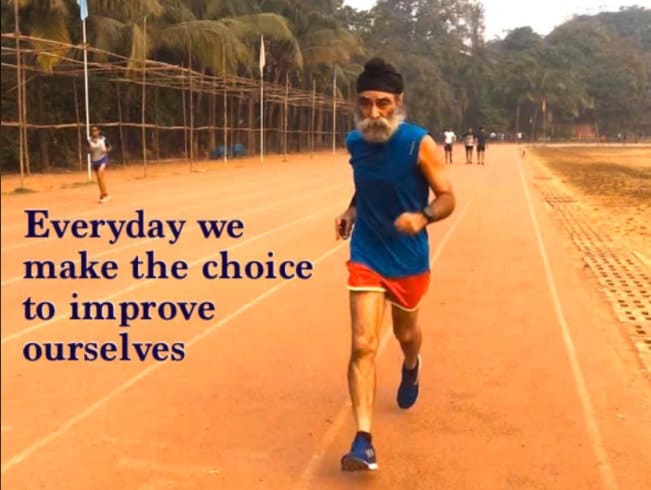
Here is my story
When I moved to Mumbai about 44 years ago, it was work, work and more work, as I had started an automobile spare-part business. I was young, but very conscious that it was necessary to keep healthy and fit. I found that running was the cheapest sport, requiring only a pair of canvas shoes. So early every morning I would head out to do some jogging and I also practised some yoga.
I loved marathon running, so when the 1st edition of Mumbai Marathon was announced in 2004, I decided to take part in the full marathon – a 42km run. I was thrilled to be able to complete it, and continued to take part for the next 6 years. That’s when my life took a turn.
Lifting heavy luggage while on a business tour resulted in severe cervical spondylitis on my right arm, neck and shoulder. After 15 days of hospitalisation with tractions, the doctors told me that I would need to lie down straight on the bed for three months continuously. There were chances of getting a paralytic attack so I had to be careful about my activity. Quite obviously, running was out of the question. I spent all my energy on my business and made this keep me fully occupied.
It was only about 6 years ago, in 2014, that I became a bit free from my work, after my son joined the business. I hadn’t run for 4 years and I was already 59. My love and passion for running had not died and I felt it was high time to seriously concentrate on myself and restart my running. With proper training, I was able to participate in the Mumbai Marathon 2015, and have taken part every year since then.
I’ve had many memorable events over the last few years. In 2016, I took part in a senior citizen run of just 1 km held at Bandra Kurla Complex. I found that my hero, Milkha Singhji, was the chief guest and just seeing him, I felt his vibrations in my body that helped me win the race. When I stepped up on the dias to receive the prize, I told Milkha Singhji that I wanted to become one of the best runners in my age category, and he replied strongly “Jaroor banoge, jaroor banoge. Practice karte raho.” Those words still echo in my mind every time I run.
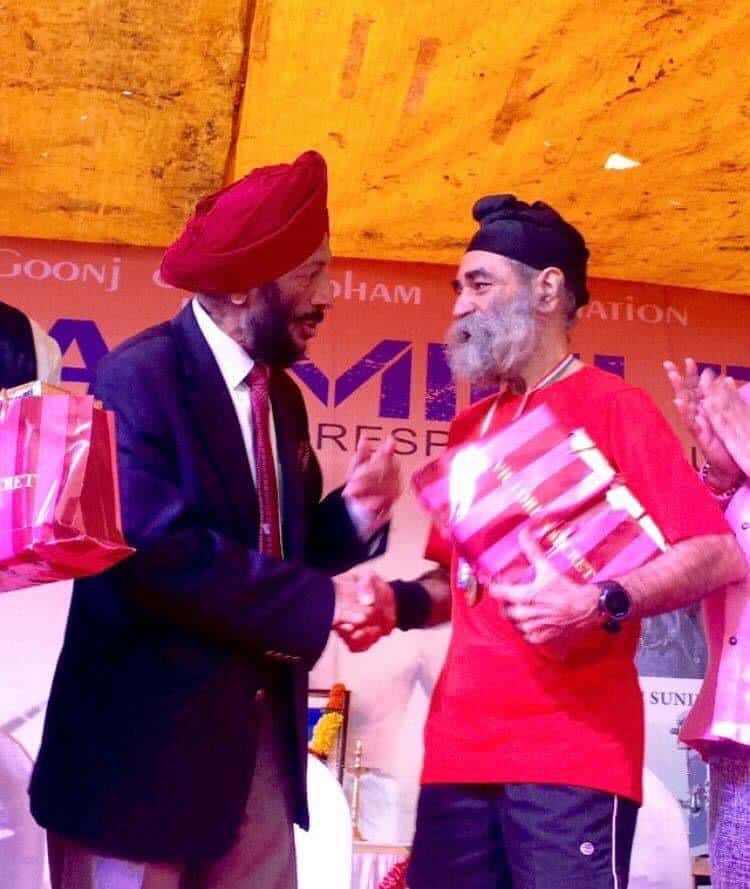
Apart from road runs, I have been participating in Masters Athletics meets, and often I get medals in 10,000m and 5,000m runs, competing with the best runners of my age group from all over India.
I still have my business work, but running is a very important part of my life. The cervical spondylitis continues to bother me – shoulder pain and a tingling sensation in the fingers, but this doesn’t hold me back. People ask me how I have become so competitive so late in life, and then I tell them that I am actually early! My role model Fauja Singhji, the oldest marathon runner, started his running career at the ripe age of 89.
Different training during lockdown
Since the last 6 months, due to COVID-19 restrictions, I am doing indoor training only. I’m happy to have been able to maintain some of my schedule, training by myself. I’ve participated in many virtual runs and these have made me feel that I’m still in competitions, but I can’t wait to get back onto the track.
Lockdown gave me an opportunity to spend time with my family, especially with my grandson Kabir. Throughout my life, I had a lot of responsibilities, was busy in building my business, leaving home early and coming back late at night. I don’t know how and when my three children grew up to become adults. I realise that I might not have spent as much time with my children in their childhood as I have spent with my grandson in these lockdown months at home.
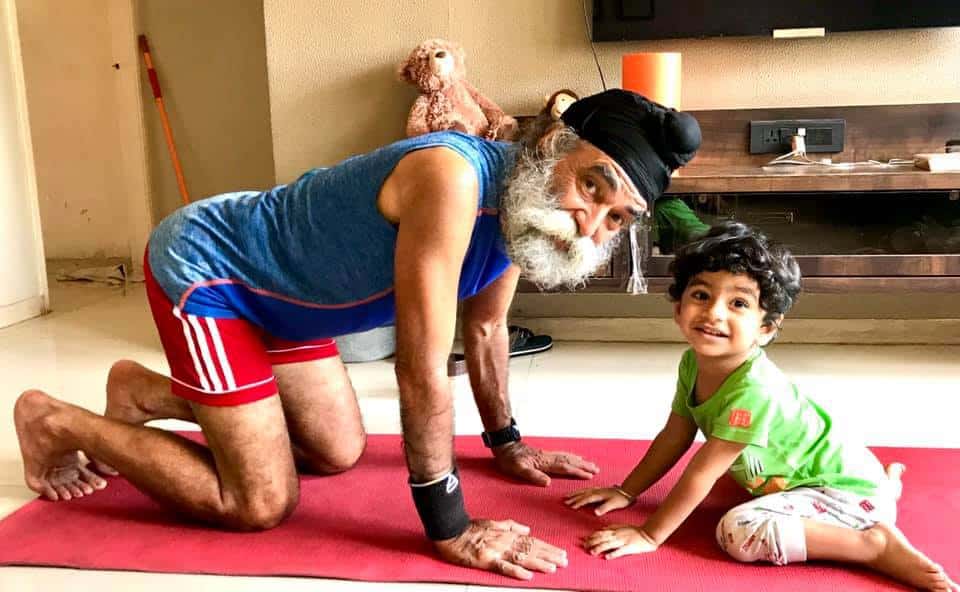
I’m aware that many others are also doing indoor workouts, and there are many coaches who are doing online sessions through zoom and other meeting apps. However, there are many who stopped running and exercising because of not wanting to or not being able to go out into the open.
Getting back to training
Decreased physical activity means decreased endurance and fitness. Seasoned runners don’t take very long to get back, but non-regulars will find that it will take some effort to regain their pre-lockdown fitness levels.
If you are one of those who is looking to resume running, you need to be careful and calculated about it. Today, we are fortunate to have access to a whole lot of information online. Reliable sources can greatly enhance our understanding. Runner’s World has provided guidelines that I have found very practical and I regularly refer to it for direction.
Eating appropriately
It’s also important to watch what one eats and balance it with one’s age and the level of activity that one is doing.
Currently, this is my diet :-
Morning: Fruits
Lunch: Bhakhri roti and vegetable or dal
Evening snack: Sprouted moong and chana, raw beetroot, raw corn
Dinner: 2 glasses of carrot+beetroot juice, some dry fruits, nuts and seeds, some light cooked vegetable
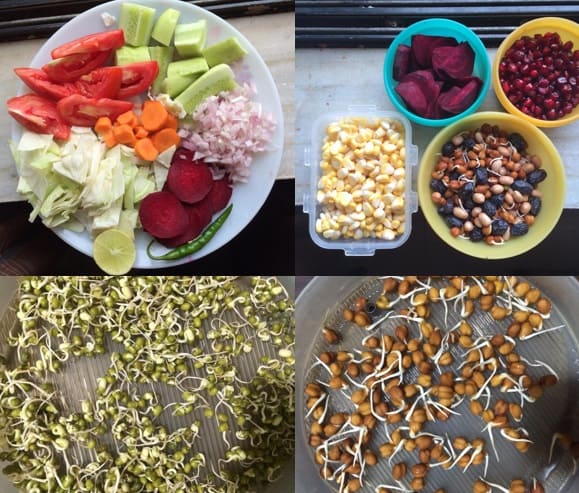
It is my heartfelt desire that people must come out of their comfort zone and lead a healthy and disease free life by adopting running. Towards this, I have a Facebook page, Running Reflections by Kiranpal Singh Dhody, on which I keep posting about training methods, diet, exercise and related things – all to motivate and inspire people.
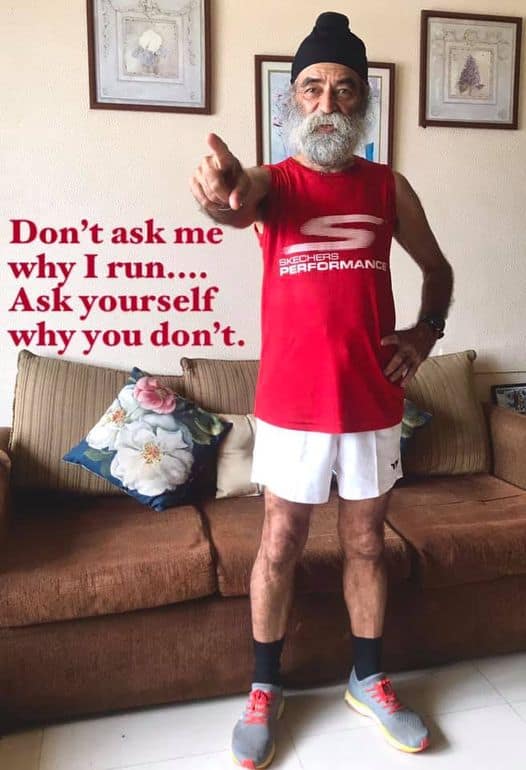
I want to see a fit and healthy India. With dedication, discipline and determination, it is definitely possible.
Also read:
Runners High, now in your home
Hats off to you sir. I have seen you running on SAI ground.you have inspare me.I am types 1 diabetic patients and put on lots of weight because of it and other health related issues.So I use to jog on ground to reduce it I’m finding it difficult to do so but one day I saw u and I was filled with lots of energy to accomplish my task.